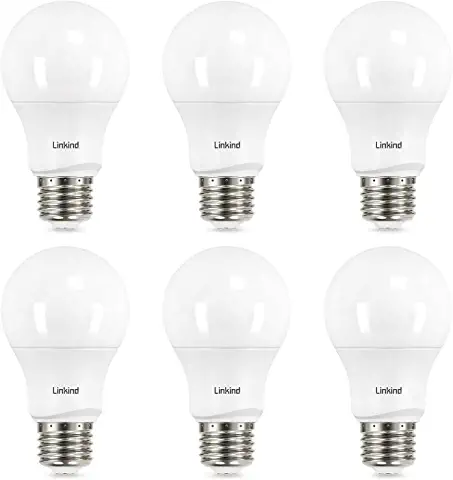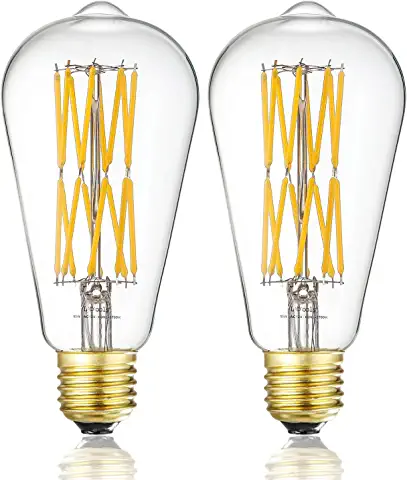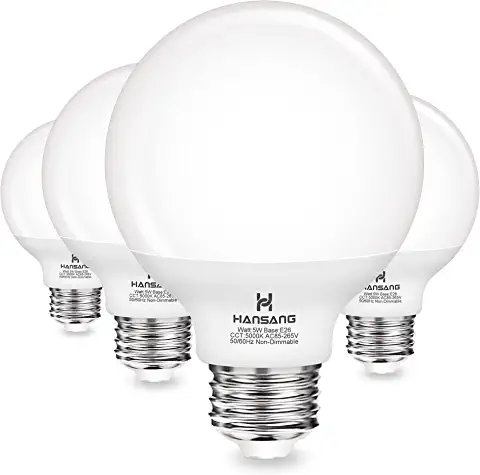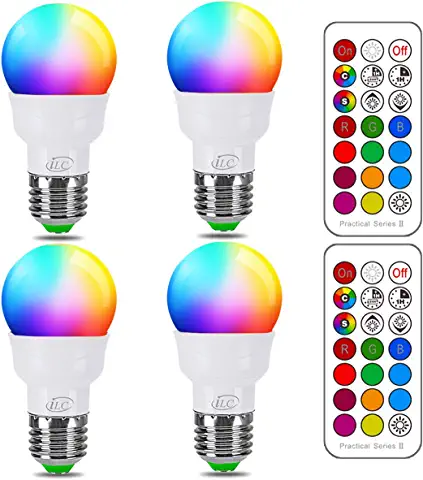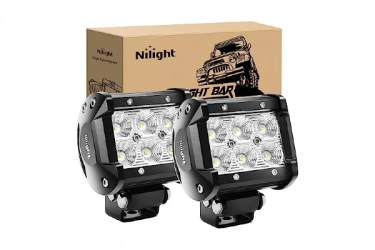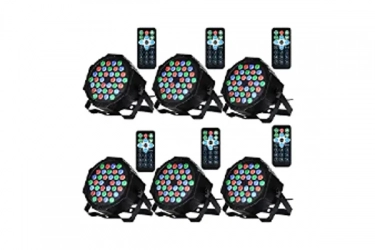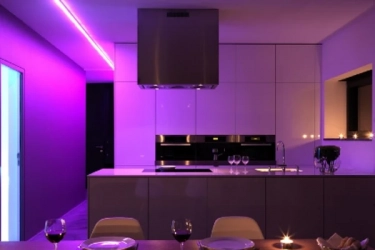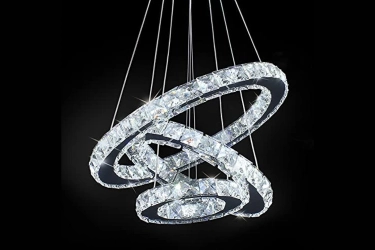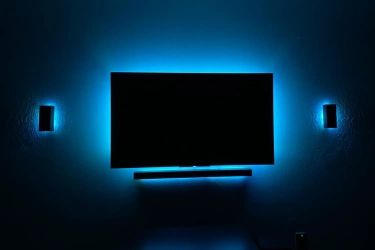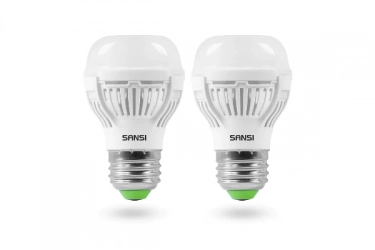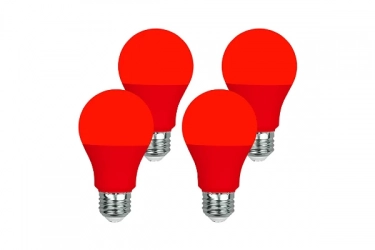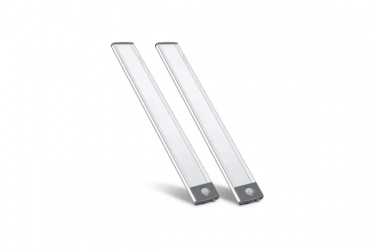We independently research, test, review, and recommend the best products. If you buy something through our links, we may earn a commission.
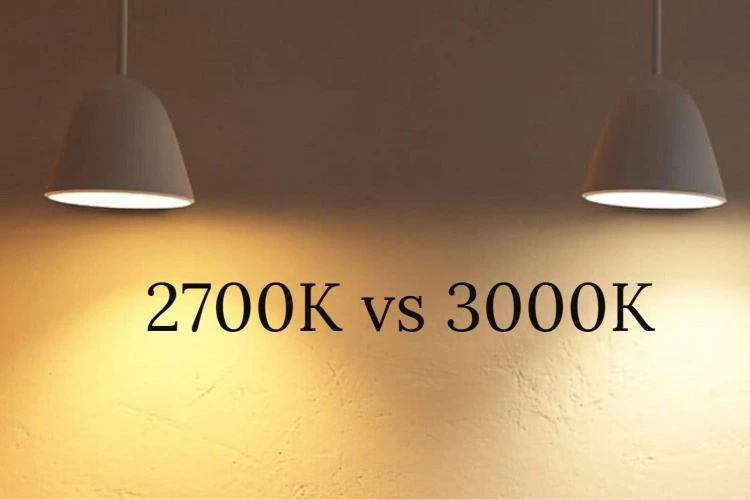
Are you thinking 2700k vs 3000k which one is perfect for your home? Lighting is one of the factors that has the biggest impact on a home's atmosphere. In order to assist you choose which white light option is best for your environment, we've compared the 2700K and 3000K white light shades here.
Many people think that while building homes, the lighting arrangement can be overlooked. The reality is that bad lighting can actually have a number of detrimental consequences on your mood. It significantly affects the environment at home. While there are many different white light options available, in this essay we'll mostly concentrate on 2700K and 3000K shades.
However, the difference is just marginally noticeable. In this article, the benefits and downsides of both 2700k and 3000k light will be thoroughly discussed.
About 2700k Color Temperature
A 2700K color temperature bulb lights up exactly like an incandescent bulb. It emits the same light color as incandescent light at its maximum brightness. When the incandescent bulb glows and turns hot the filament in the bulb lights up and emits light of temperature 2700K and therefore the rating is 2700K.
Just like the incandescent bulbs, the LED 2700K bulbs when installed give off a relaxed light making the environment look and feel laid-back and exquisite. Where these light bulbs create a relaxing ambiance for some people, on the other hand for others they sort of wash out all the things in the room and make them look too yellow. It can also make the room feel dull and boring if the brightness is too low. Hence, another option is the 3000K light.
When to Use Warm White 2700K Light
The incandescent lamps heat the filament to produce 80% heat and only 20% light in order to achieve 2700K. Due to the temperature reached when creating this light, they are rated at 2700K. These 2700K lights have a golden tint that gives the impression that everything is more cozy and natural.
The following activities or jobs can make use of this light.
- Use natural toners to improve the material, such as wood or textiles.
- Dining areas
- Lounges
- A bedroom
- Living quarters
- Warm lighting helps people feel better while reading.
- Watching TV or unwinding.
About 3000k Color Temperature
This bulb can be used as an alternative to a 2700K bulb if you are looking for a more ‘crisp’ environment. For a lighted-up environment with utmost whiteness, a 3000K light bulb will certainly look great. It can look great in bathrooms, kitchens, dining rooms, or your study area. Basically, it can be installed in any place which requires focus and attention for doing a certain task , this bulb will work just fine. Rooms where not much leisure activities are done instead they are work oriented are ideal for these bulbs.
Therefore, those who dislike or are bored of the incandescent lamp's light source might choose these more focused alternatives. The 3000K white color temperature is regarded as ideal as it is neither too cold nor too blue. This light appears to be warm white in color.
When to Use Soft White 3000K Light
When low voltage illumination was needed and a small space was available, the tungsten filament was surrounded by halogen gas, which led to the popularity of white light with a 3000K color temperature. Light and heat combine to create a clearer, slightly whiter light with cooler tones, which gives the appearance of more accuracy. These lights are better suited for use when playing or working in any situation that requires accurate quality perception and good detail recognition.
Typically, the following areas in your home benefit from 3000K lighting:
- Restrooms, dining areas.
- Offices
- Kitchens
- Materials like glass and tile reflect surfaces with cooler hues.
- Hotel lobbies.
- Normal background lighting for cleaning.
2700K VS 3000K- What's The Difference?
When it comes to light bulbs, there is no such thing as pure, uncomplicated white. Instead, it varies from warm, mellow whites that are almost orange or yellow to cooler tones that are almost blue-white. It's crucial to keep in mind that light temperature and color are two entirely different ideas. Kelvin and Lumens don't even interact.
Some people believe that a softer, warmer white will be darker, yet warm lighting can be both very bright and very dim. You can also use dimmable LED bulbs for better dim effects. Most light bulbs have a color temperature between 2000K and 7000K. Therefore, it is immediately clear that there are few distinctions between 2700K and 3000K.
That does not, however, imply that they are the same. When you light your room, for example, the difference isn't wholly faint; your unaided eye can clearly detect it. 2700K are visibly warmer and closer to that yellow-orange color, while 3000K are starting to approach that purer white that sits between yellow and blue.
2700k vs 3000k - Which Colour Temperature Is Ideal For The Rooms In Your House?
If you want to keep your home cozy and have a laid-back vibe, warm lighting fixtures are the perfect option. Warm white lighting, such as the 2700K and 3000K lights under discussion, looks well with wooden furniture and natural-colored walls. There is a slight variance between the 3000K and 2700K lights. While 3000K lights are excellent for active locations like home offices, hallways, bathrooms, and kitchens, 2700K lights are appropriate for warm and relaxing spaces like the living room, dining room, and bedroom.
Related: Soft White Vs Daylight
You May Also Read
The kitchen is a great place to add lights in both color temperatures because it serves many different purposes. For instance, ambient lighting can be achieved with 2700K LEDs, while countertop and under-cabinet lighting can be achieved with 3000K LEDs. The kitchen will look cohesive if both lights are used. The colder, 3000K warm white light, on the other hand, is preferred in small kitchens because it is task-oriented, inviting, and flattering to skin tones. However, larger kitchens benefit more from 2700K lighting to preserve a warm and relaxed atmosphere all throughout.
The living area is a good spot to play around with the lighting. The 2700K and 3000K lights work well together since the former may be utilized to create a calm atmosphere and the latter can be used as a reading or overhead lighting. Additionally, 2700K bulbs are excellent for general illumination while 3000K lamps are wonderful for highlighting artwork.
Because it generates a truer and clearer tone that makes the surroundings feel more comfortable and natural for a restorative bath, the 3000K light source is preferred in bathrooms over the 2700K light source. When you look in the mirror, the 3000K lighting ensures a greater reflection of your skin than the 2700K illumination. While the orange and yellow color produced by the 2700K light makes the objects in the living room look nice and natural, it is not particularly useful while looking in the mirror.
Since bedrooms are designed for both rest and experimentation, they can be outfitted with lights of both warm color temperatures. If you want a warm, amber-like glow, the 2700K lights are preferable for you; if you prefer a delicate white appearance, the 3000K lights are better for you. It is the BEST BEDROOM CEILING LIGHT for you…
Blue light emission is another thing to think about when deciding where to put the lights in the bedroom. Blue light exposure increases melatonin hormone levels, making it more difficult to relax and sleep. Compared to their 4000K and 5500K counterparts, these two lights produce significantly less blue light.
What Does Colour Rendering Mean?
The color rendering index, or CRI, is a measurement of how well colors are rendered by artificial light. If the CRI is close to 100, the representation of the surrounding colors is more accurate.
The CRI score may be more important than the color temperature if a 2700K bulb feels too yellow to you. Whatever the color temperature, things with a low CRI rating will look lifeless and washed out. As a result, if you're hesitant to buy 2700K bulbs, make sure to check to see if the CRI value rather than the color temperature is the issue.
Or, find out what the CRI number is if you wish to increase color accuracy with 3000K light. Make sure the CRI rating is high. Even if you don't have the yellow or orange tint, things illuminated by a 3000K light source with a low CRI value could not appear to be their real hues. You have the option of using 2700K or 3000K in your home. The choice of color temperature is subjective. What environment you wish to create is the only factor.
Conclusion
Last but not least, rather than adhering to someone else's guidelines, you should set the light's color temperature based on the mood and environment you wish to create in your room. In this guide, we've made an effort to answer all of your questions about 2700K and 3000K white lights. If you still have questions, you may write to us in the comments area below.


